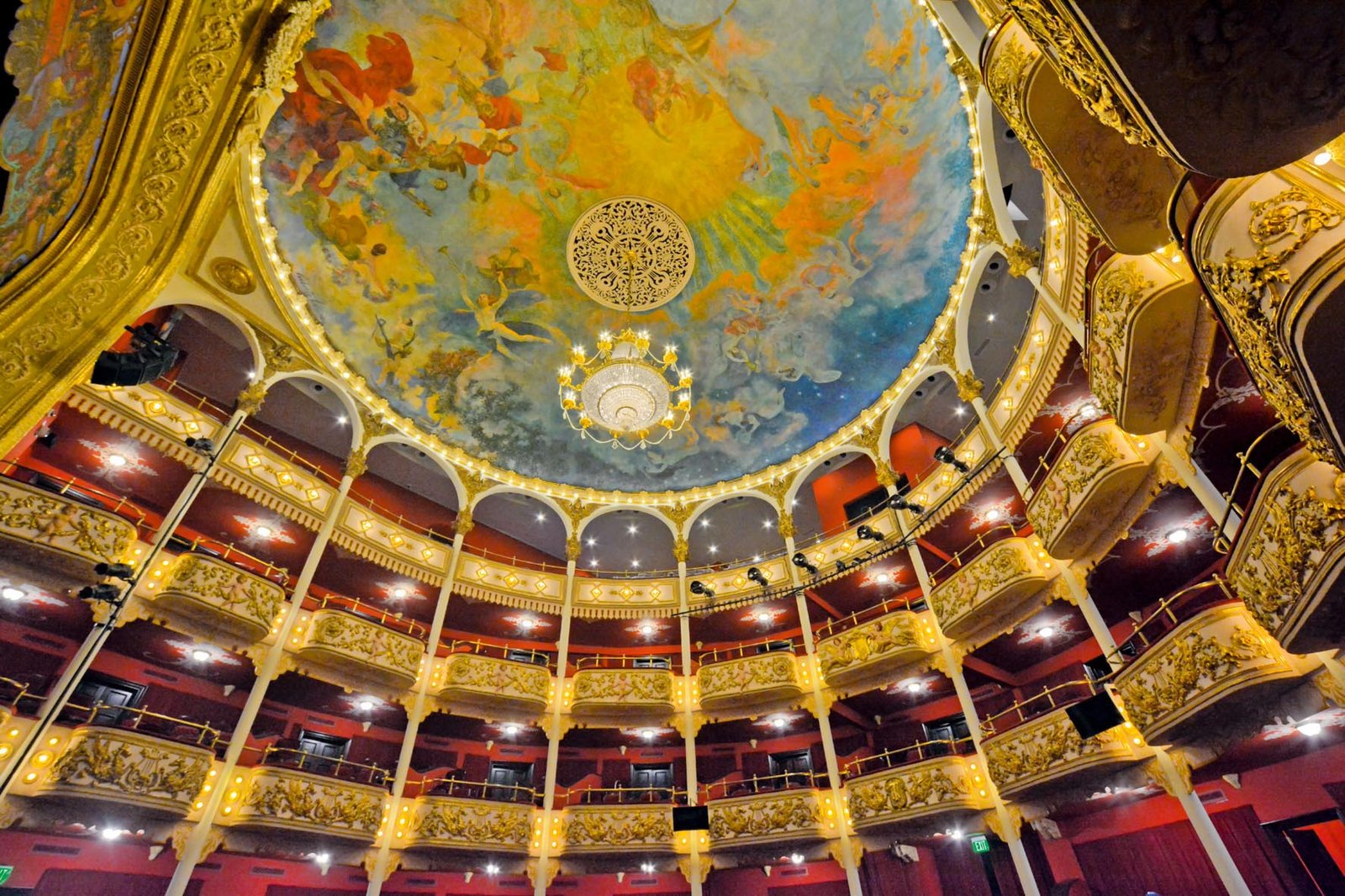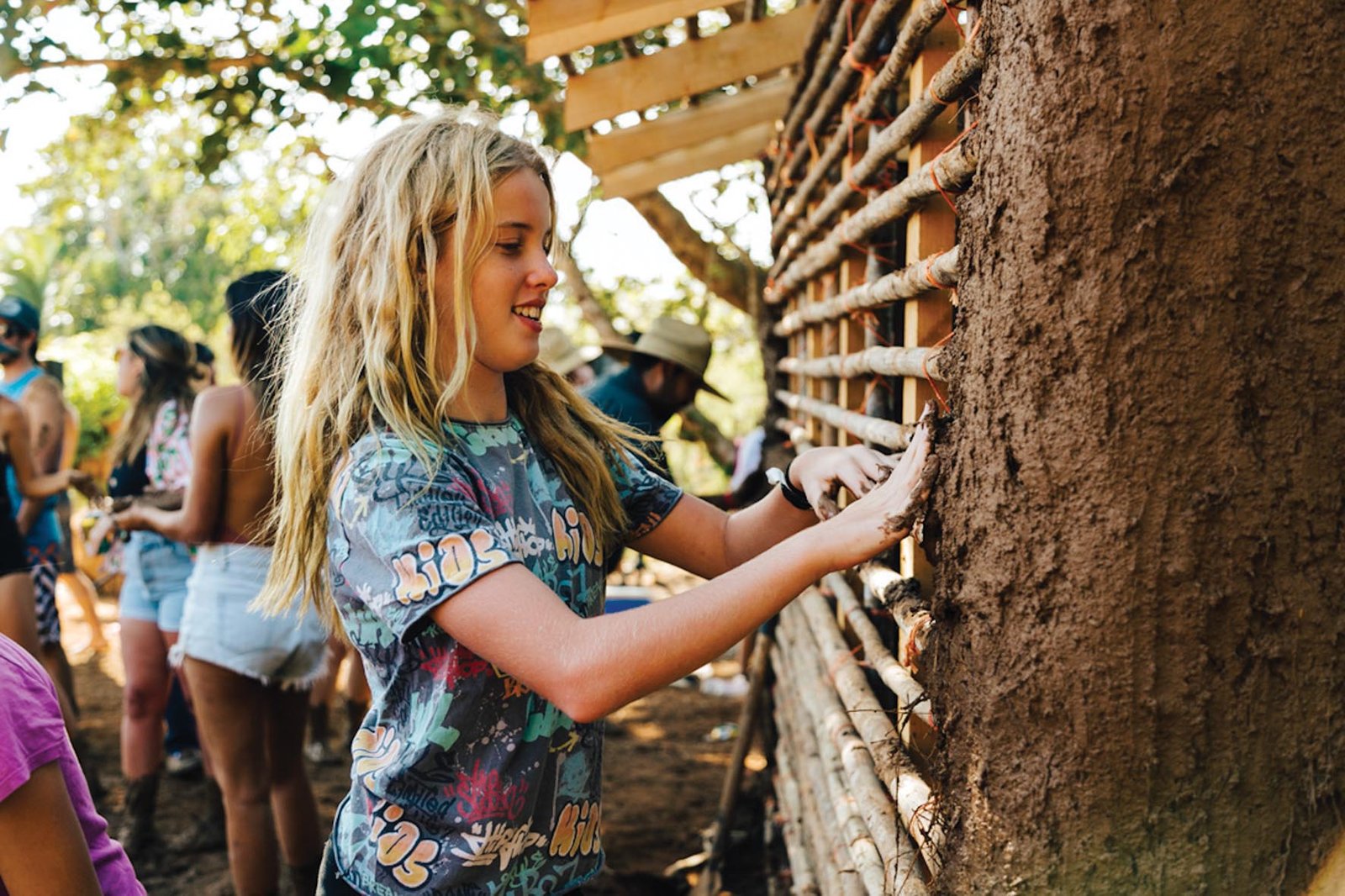
The National Theater of Panama Shines Again
Text and Photos Winnie T. Sittón
Panamanians are celebrating. November, or “Homeland Month” as it is known in Panama, includes several important national holidays commemorating historical events: Panama’s independence from Spain on November 28, 1828 and the nation’s secession from Colombia 75 years later, on November 3, 1903, which marked the beginning of the Republican Era.
This year, in addition to the usual festivities, Panamanians have a special reason to celebrate. The National Theater of Panama, the country’s most important arts venue and, without doubt, one of its most famous historical and architectural icons, has reopened after a complete restoration that closed its doors for four years.
The reopening took place October 1 in an emotional event that marked the 111th anniversary of the theater’s inauguration. In attendance at the gala were the Panamanian President, Laurentino Cortizo, and the Minister of Culture, Carlos Aguilar. The official reopening took place two days later, with a performance by the National Ballet.

The Historical Curtain Rises
The National Theater is located in the Casco Viejo sector of the Panamanian capital, on Avenida B between Calle 2 and Calle 3, or as Panamanians would say, kitty-corner from Simón Bolívar Square. The theater’s history began in the early days of the Republic with Law 52 of May 1904, which ordered its construction. The building was designed by architect Genaro Ruggieri, who came from Italy expressly for this purpose. The nation’s most reputable construction firm at the time, owned by Ramón Arias Ferraud and José Gabriel Duque, was in charge of the project.
Several international artists participated in the theater’s interior decoration and ornamentation, but Panamanian muralist and sculptor Roberto Lewis, considered the father of Panamanian painting, assumed the greatest responsibility. His painting, Birth of the Republic, adorns the domed ceiling of the theater’s main hall and others cover the ceiling and walls of the foyer. The artist created the works on canvas in Paris, where he lived at the time, and traveled with them to Panama by boat in late 1907 to supervise their installation.
The National Theater was inaugurated on October 1, 1908, when José Domingo de Obaldía was inducted as the second president of the Republic of Panama. Panamanian musician Narciso Garay, the first director of the National School of Music, composed a piece for the occasion titled Triumphal March, which his students performed under his direction. The theater’s artistic premiere, however, took place weeks later, on October 27, when Mario Lombardi’s Italian company performed Giuseppe Verdi’s Aida. The curtain had risen on the nation’s most important stage and the history of Panama’s performing arts had begun.

The Pioneers and Their Contributions
During the golden age of Panama’s National Theater, from 1910 until 1930, Italian directors and companies staged famous operas such as Carmen, The Barber of Seville, and Madame Butterfly. There were also plays, light operas, dance programs, and concerts by major performers from Spain, Argentina, Mexico and other parts of the world. But during these years almost no Panamanian artists took the stage in this great venue, except during the musical soirees organized by Narciso Garay, which featured students from the National Conservatory of Music and Recitation. It wasn’t until the late 1930s that the first Panamanian artistic production was staged at the National Theater. December 1937 saw the triumphant premiere of the musical for children, The Mandinga Cockroach, written by Rogelio Sinán, one of Panama’s most important authors, with music by Chilean composer Gonzalo Brenes. The play has since become a classic of Panamanian theater, with more performances than any other national theatrical piece.
This premiere spurred a national performing arts movement, which has grown slowly into the great wave of Panamanian productions that dominate programming today. Contributing to this movement were pioneers such as Sinán, actress and director Anita Villalaz, considered the first actress of Panamanian theater, and other directors and performers, including Dora McKay, Áurea “Baby” Torrijos, Roberto Mckay, and José “Pepe” Sarsanedas. Also important were musicians such as Roque Cordero, Alfredo de Saint Malo, Eduardo Charpentier, and Jaime Ingram, the first director of the National Institute of Culture (now the Ministry of Culture), whose administration created the National Ballet and the National Theater Company in the mid 1970s.

All of these luminaries came to shine in the National Theater of Panama, along with countless other artists who, throughout the theater’s history, all had a hand in its evolution. Indeed, the National Theater’s stage has been the main witness of this evolution and its protagonists. There is good reason the theater is now considered the “great home of Panamanian arts” and its reopening has understandably caused overwhelming joy. Don’t miss the opportunity to visit the theater on your next visit to Panama and discover a rich and fascinating fragment of the country’s history.



